Canada is a country that’s blessed with a rich biodiversity, accommodated by vast wilderness and breathtaking landscapes. It is home to thousands of unique wildlife species that add to the prestige of the country. However, habitat destruction, climate change, pollution, and human activity have pushed several species to the brink of extinction.
In this blog, we’ve covered 26 Canadian wildlife species that might go extinct in this decade unless urgent conservation measures are taken.
North Atlantic Right Whale
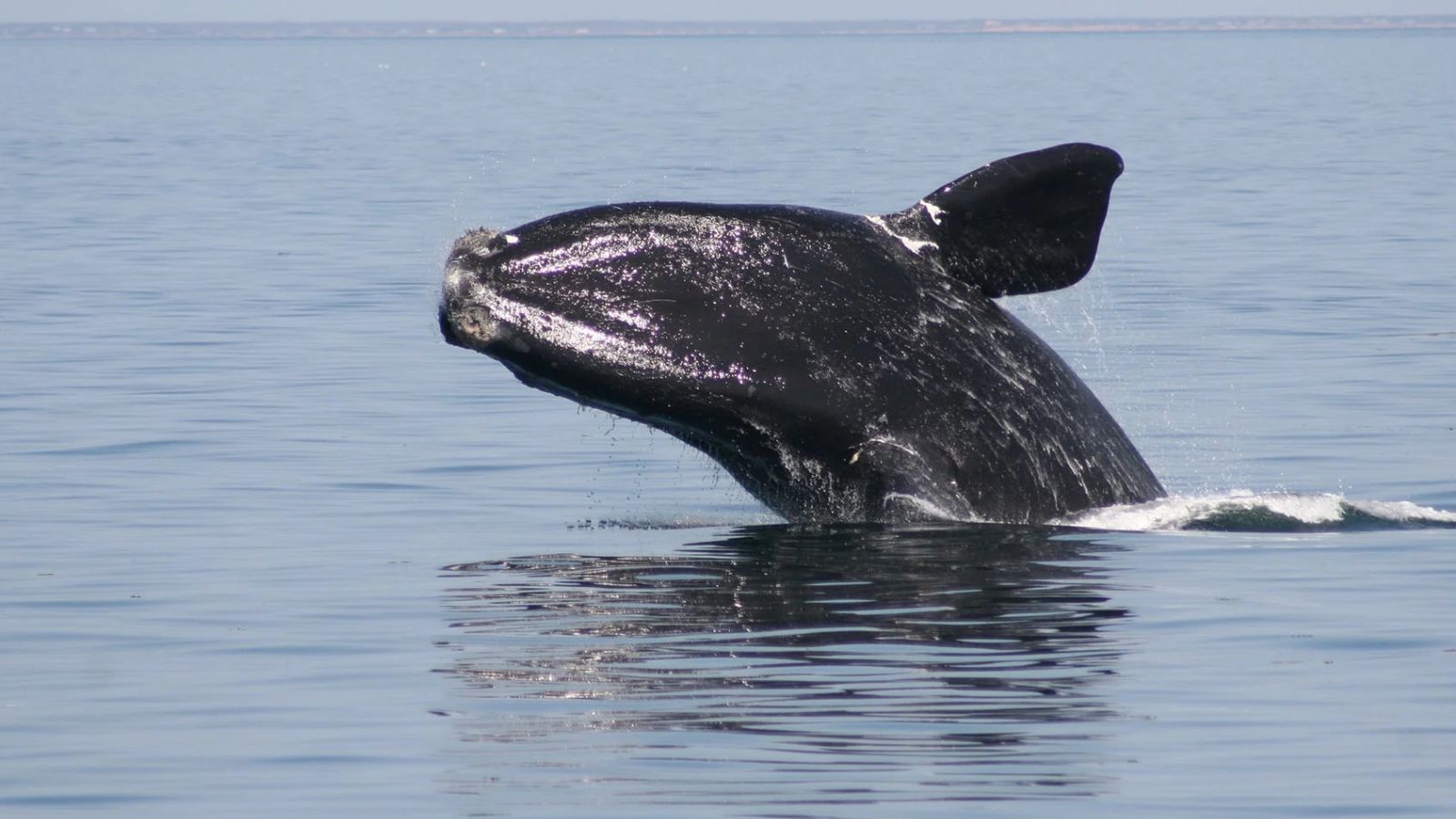
North Atlantic right whales, with fewer than 350 left, are the most endangered species. Often, these whales die after colliding with a ship or getting entangled in fishing gear. These whales rely on sound waves to communicate with each other, which is disrupted by noise pollution. Canada has imposed speed restrictions in the shipping lanes to protect these species and called for modifying fishing gear that will have less chance of entanglement.
Woodland Caribou
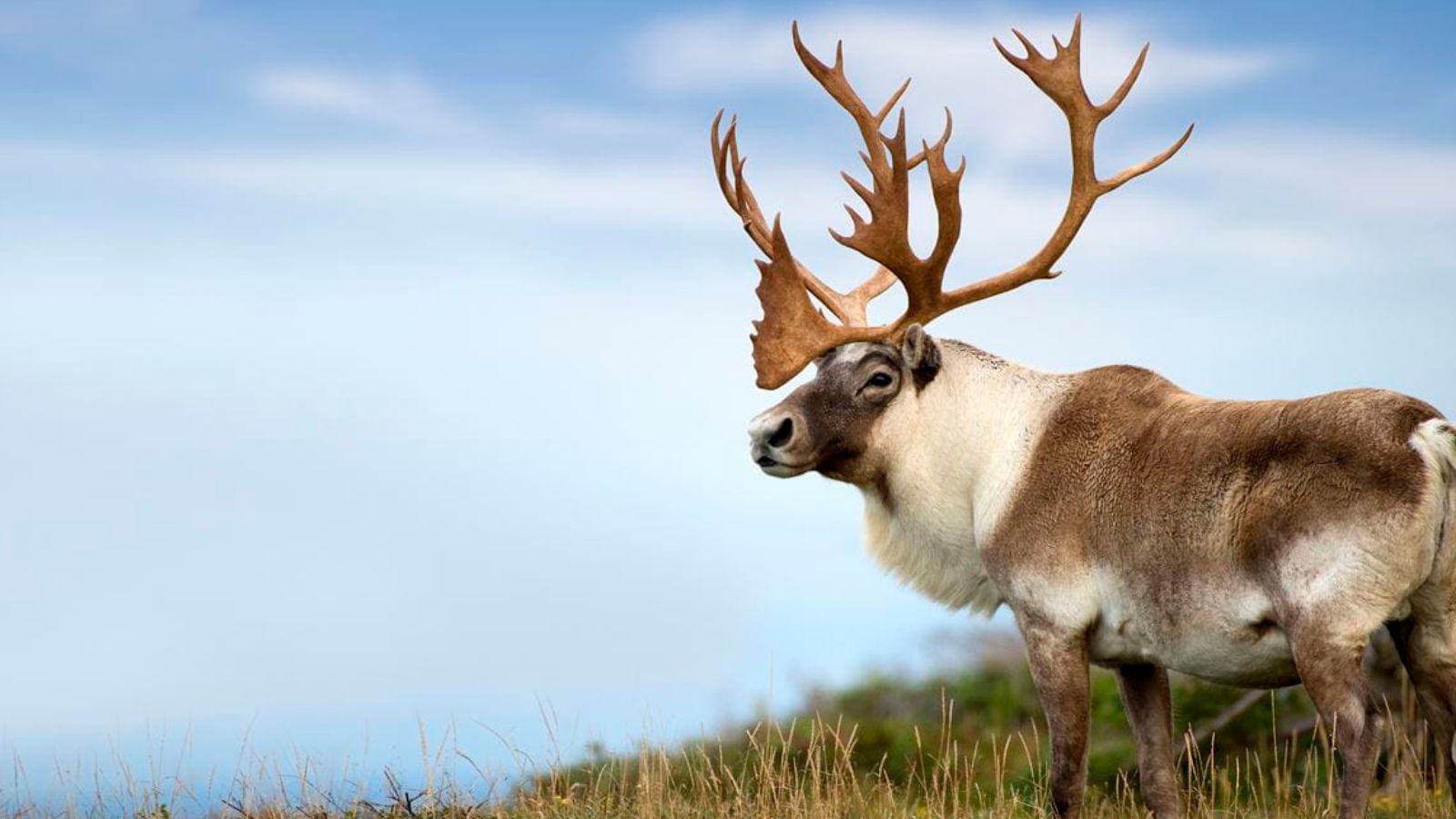
Woodland Caribou were once present abundantly across Canada’s boreal forests. However, because of industrial development, forest fragmentation, and increased predation, their numbers have started to decline. Conservation plans and policies exist, but the inconsistency in their enforcement and failure in habitat protection are worsening the situation.
Peary Caribou
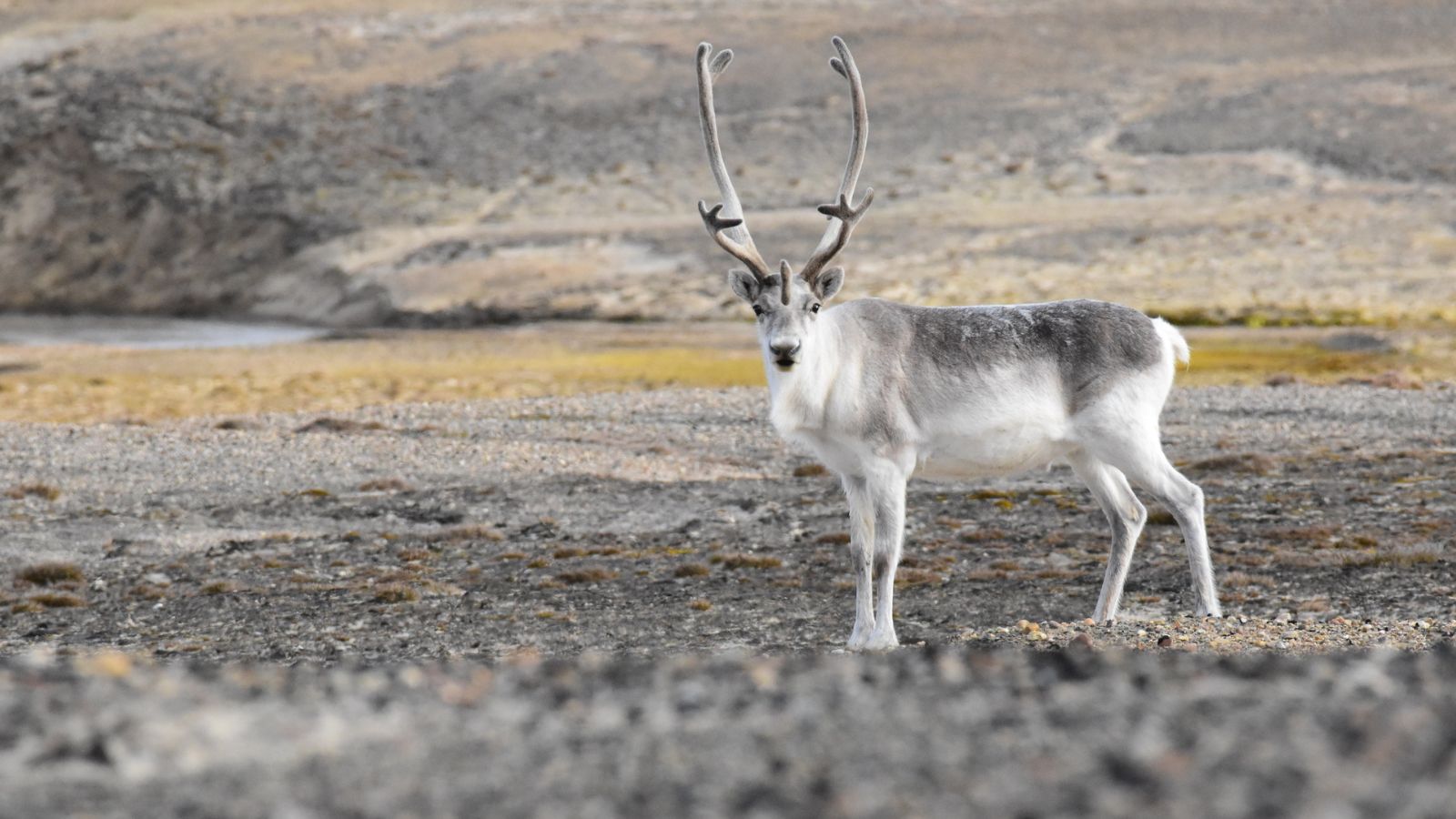
Peary Caribou’s natural habitat is in Canada’s high Arctic, which makes them especially vulnerable to climate change. As the ice thickens and the weather patterns become erratic, it becomes difficult for this species to forage. Moreover, human conservation efforts are faced with immense challenges because of the remote location of the Peary Caribou’s habitat.
Monarch Butterfly
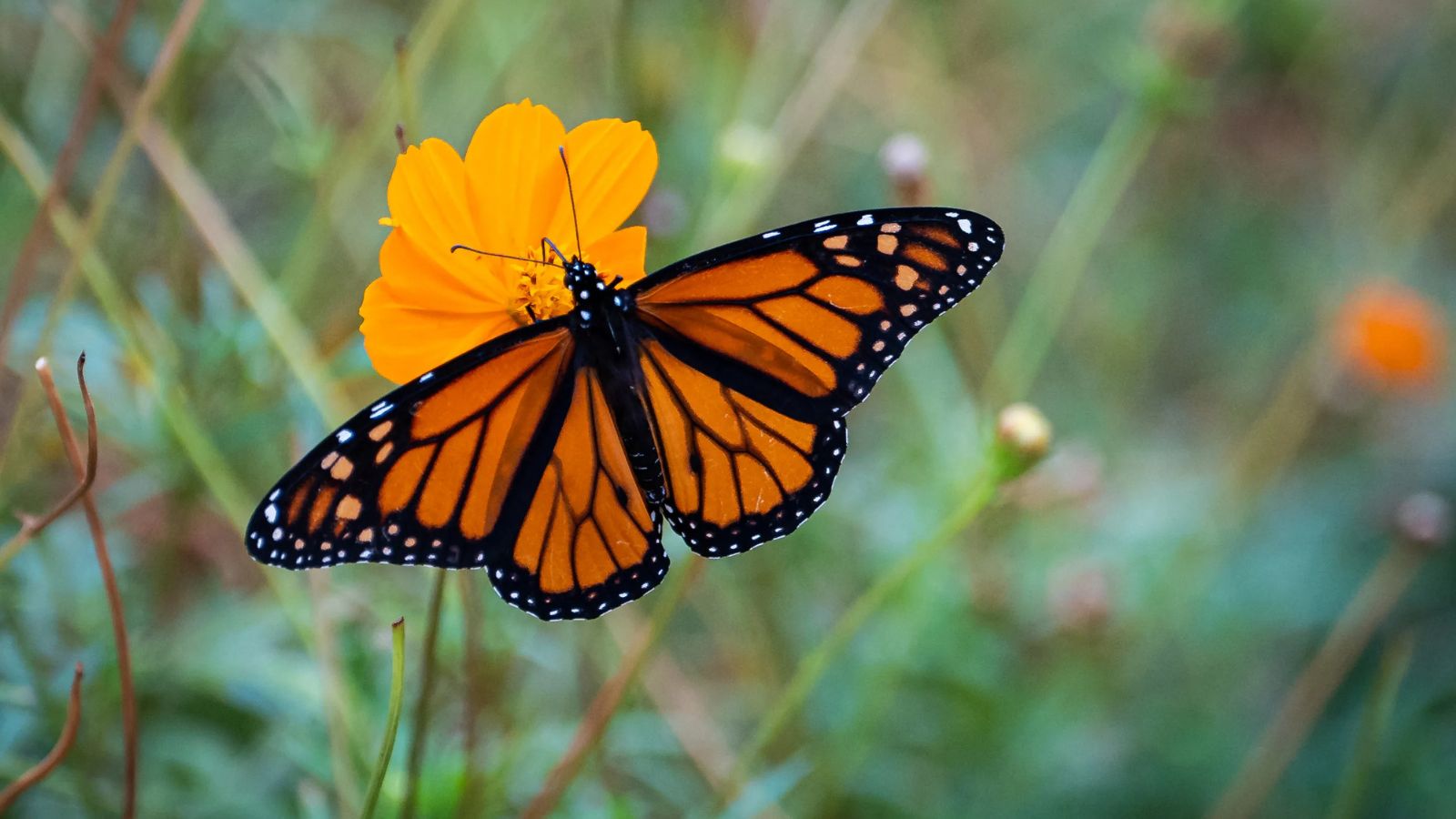
Monarch butterflies migrate from Canada to Mexico on a specific schedule. However, climate change is disrupting this timing. These butterflies only lay their eggs on milkweed, which is gradually disappearing. Additionally, the use of pesticides poses a threat to their survival. To help protect monarch butterflies, people are working to plant more milkweed and limit pesticide use along their migration routes.
Southern Resident Killer Whale
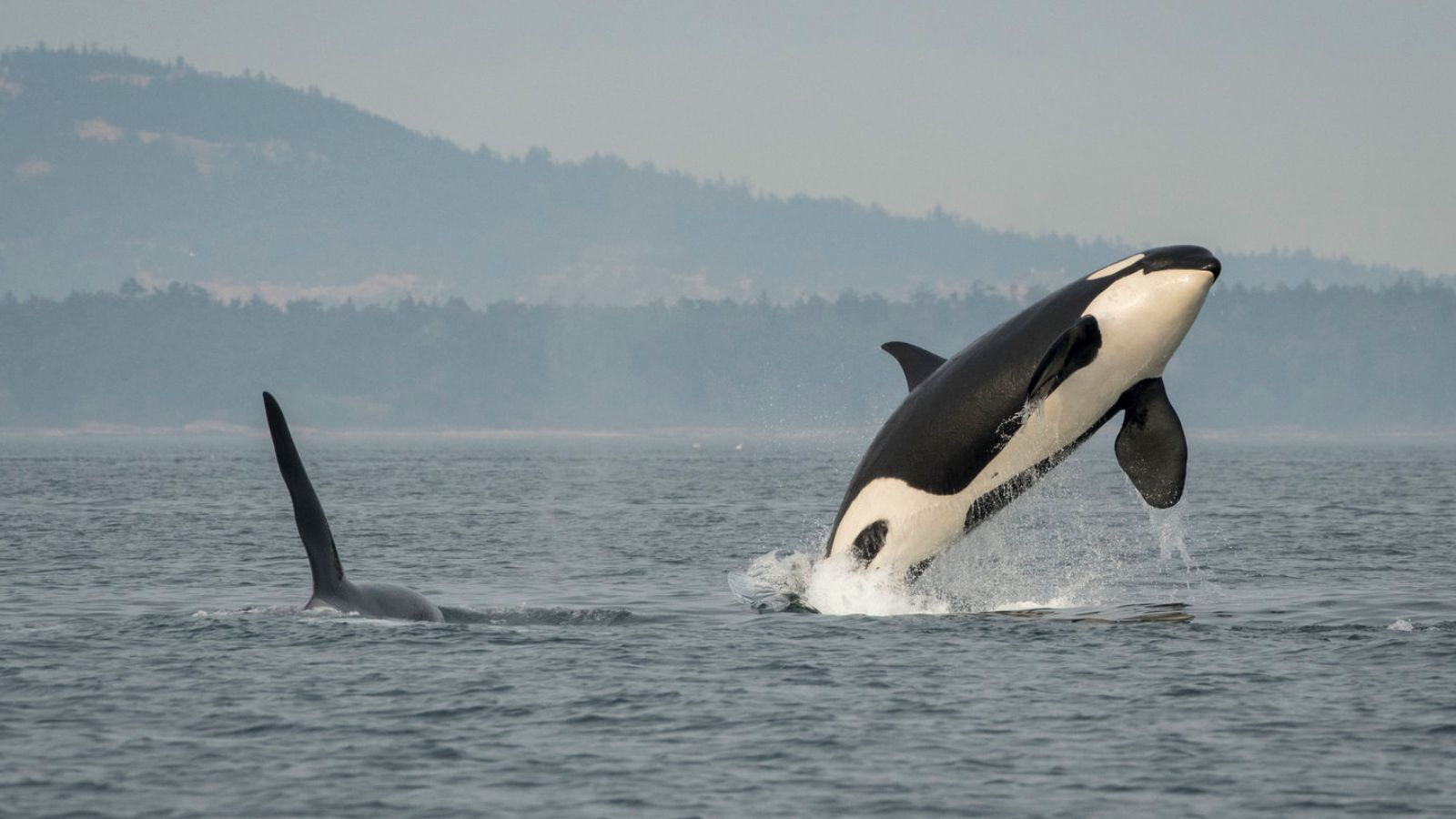
The population of orcas has been reduced to around 70 individuals, who are also at risk of death. Chinook salmon, which these whales heavily rely on, are declining. In addition, noise pollution from the vessels disrupts their hunting abilities, and the growing pollutants accumulate in their blubber. Multiple steps like the introduction of protection zones, quiet shipping initiatives, and fishery management are being taken to protect this species and help it grow.
American Eel
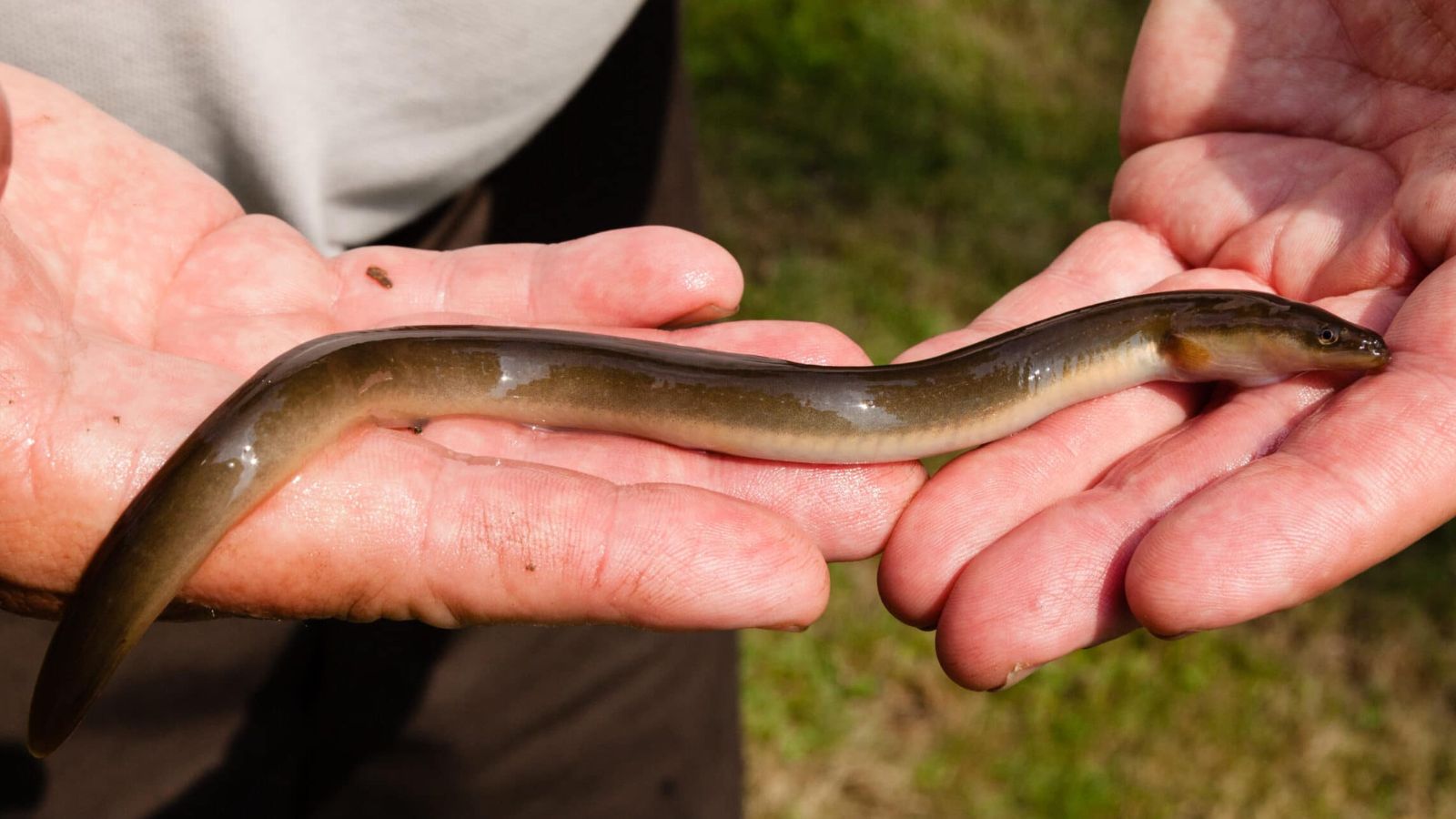
The American eel is a mysterious and migratory fish that spawns in the Sargasso Sea and then travels up rivers into Canada. However, hydroelectric dams have cut off their migration routes. Moreover, overfishing and habitat loss have also reduced their number. In given circumstances, fish ladders and harvest restrictions are necessary for this species to survive.
Blanding’s Turtle
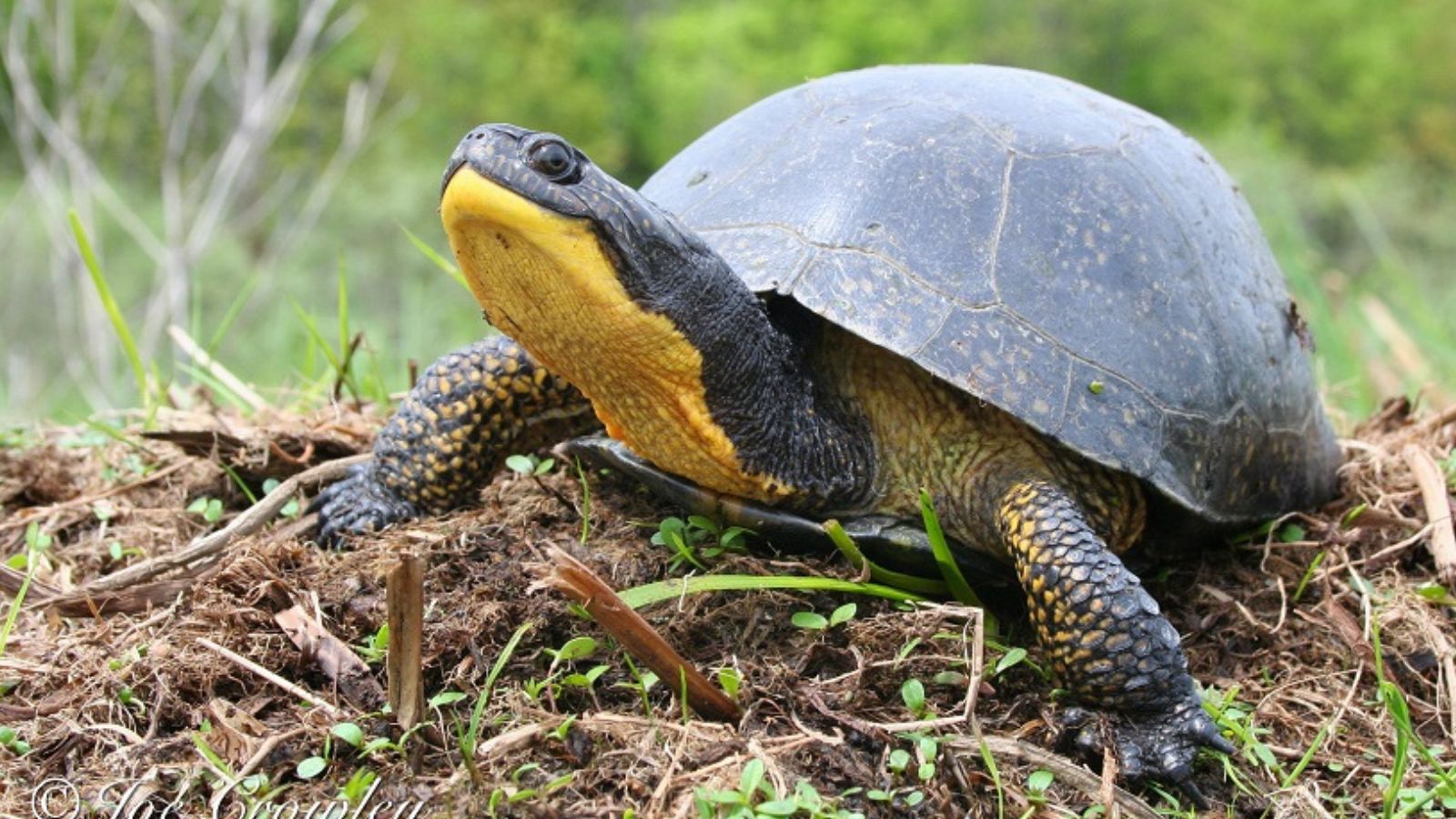
The Blanding’s Turtles, distinctly recognized by their bright yellow throat, are endangered in most of their habitats. They are vulnerable to road mortality, wetland drainage, and illegal pet trade, which has reduced them to a great extent. To protect these species, several provinces of Canada have established protected nesting sites and road-crossing structures.
Vancouver Island Marmot
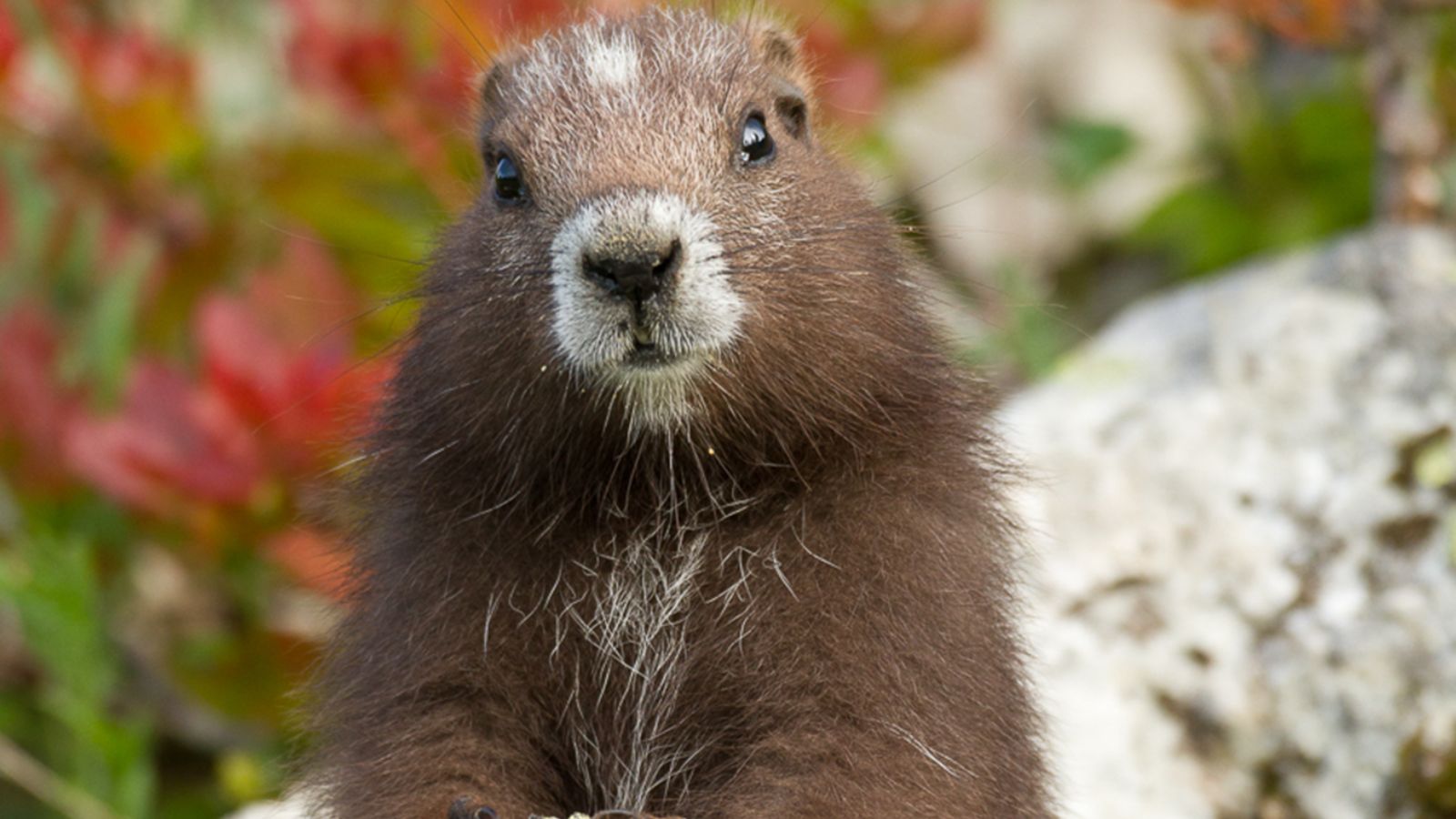
Found only in high-altitude meadows of Vancouver Island, this species of marmot is also critically endangered. Logging has impacted their habitat, fragmenting their colonies. Steps like captive breeding and release programs were implemented to ensure their survival. Some success has been achieved, but the species remains dangerously close to extinction.
Burrowing Owl
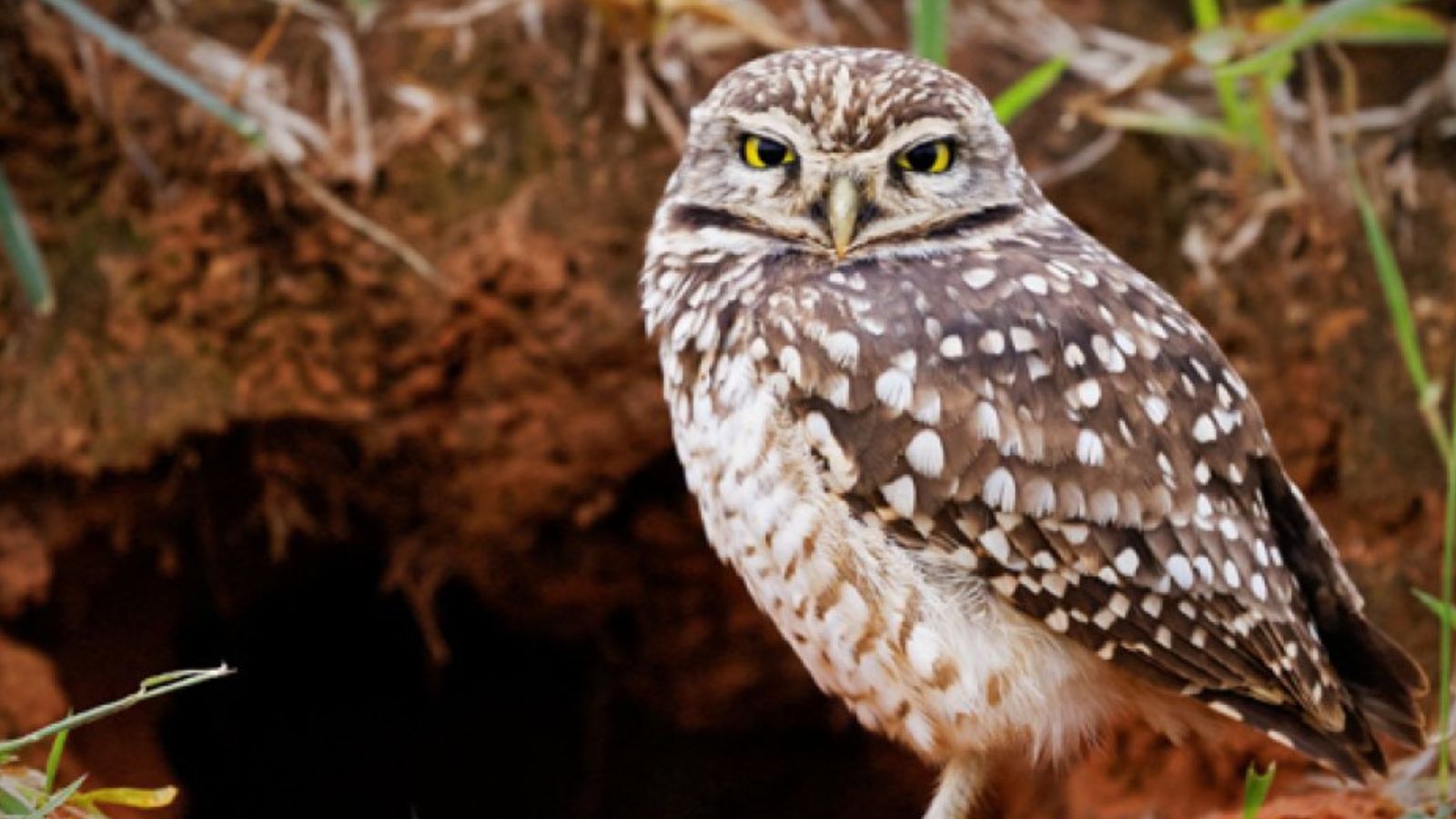
The increasing use of pesticides and ongoing grassland degradation have negatively impacted the burrowing owl population. Canadian prairies, which were once crowded with this species, now see their numbers declining to rarity. Conservation efforts involve habitat restoration and the introduction of artificial burrows, but so far, no significant results have been achieved.
Rusty-patched Bumblebee
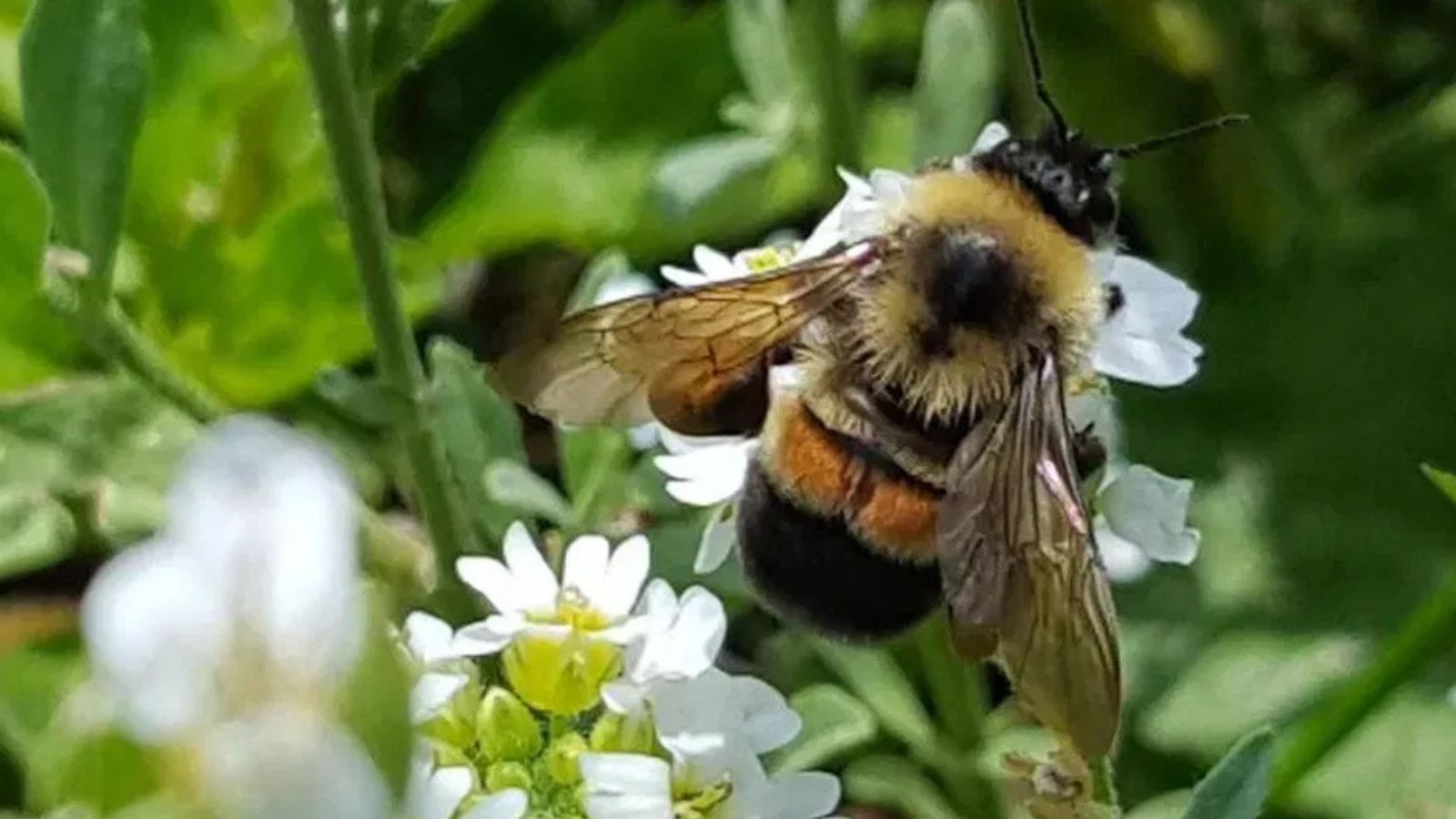
Southern Ontario was once home to a great number of this species of bumblebee, but their numbers have crashed. Reasons include pesticide exposure, loss of wildflower habitat, and several diseases that pose a significant threat to their existence. They were recently designated as endangered, and hopefully, farming will be made more pollinator-friendly for their survival.
Lake Sturgeon
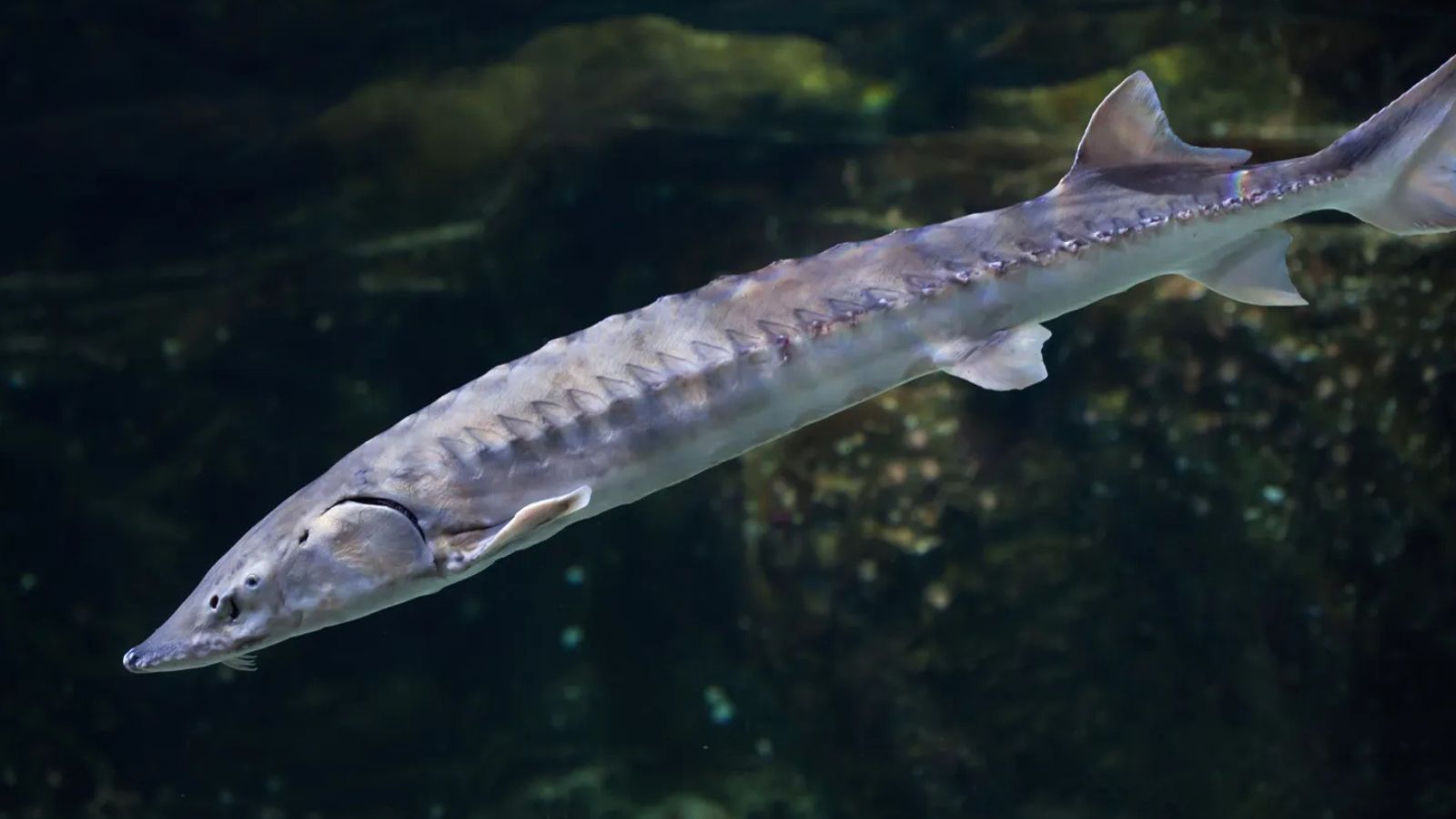
Overfishing, dams, and pollution have significantly reduced the population of North America’s oldest fish species. They’re also slow growers and late breeders, which has further exacerbated their vulnerability. Thus, for their conservation, fish passageways and harvesting restrictions have been implemented.
Little Brown Bat
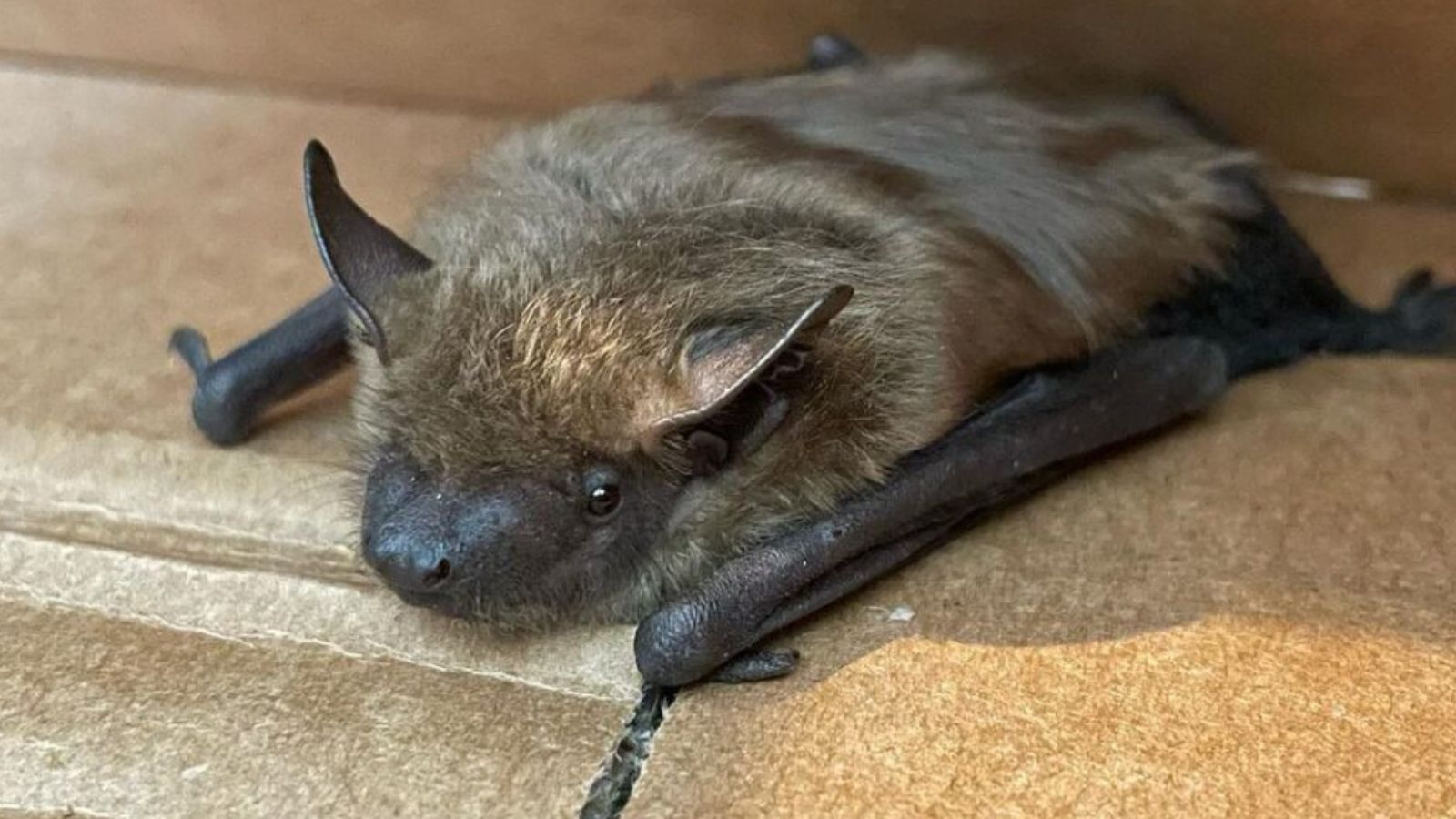
Millions of bats in North America have been severely affected by white-nose syndrome, leading to a significant decline in their population. The little brown bat, in particular, has experienced drastic losses, as it was once a common species but is now struggling to survive. In response to this crisis, researchers are exploring options such as fungal resistance and artificial hibernacula in hopes of improving the situation.
Western Chorus Frog
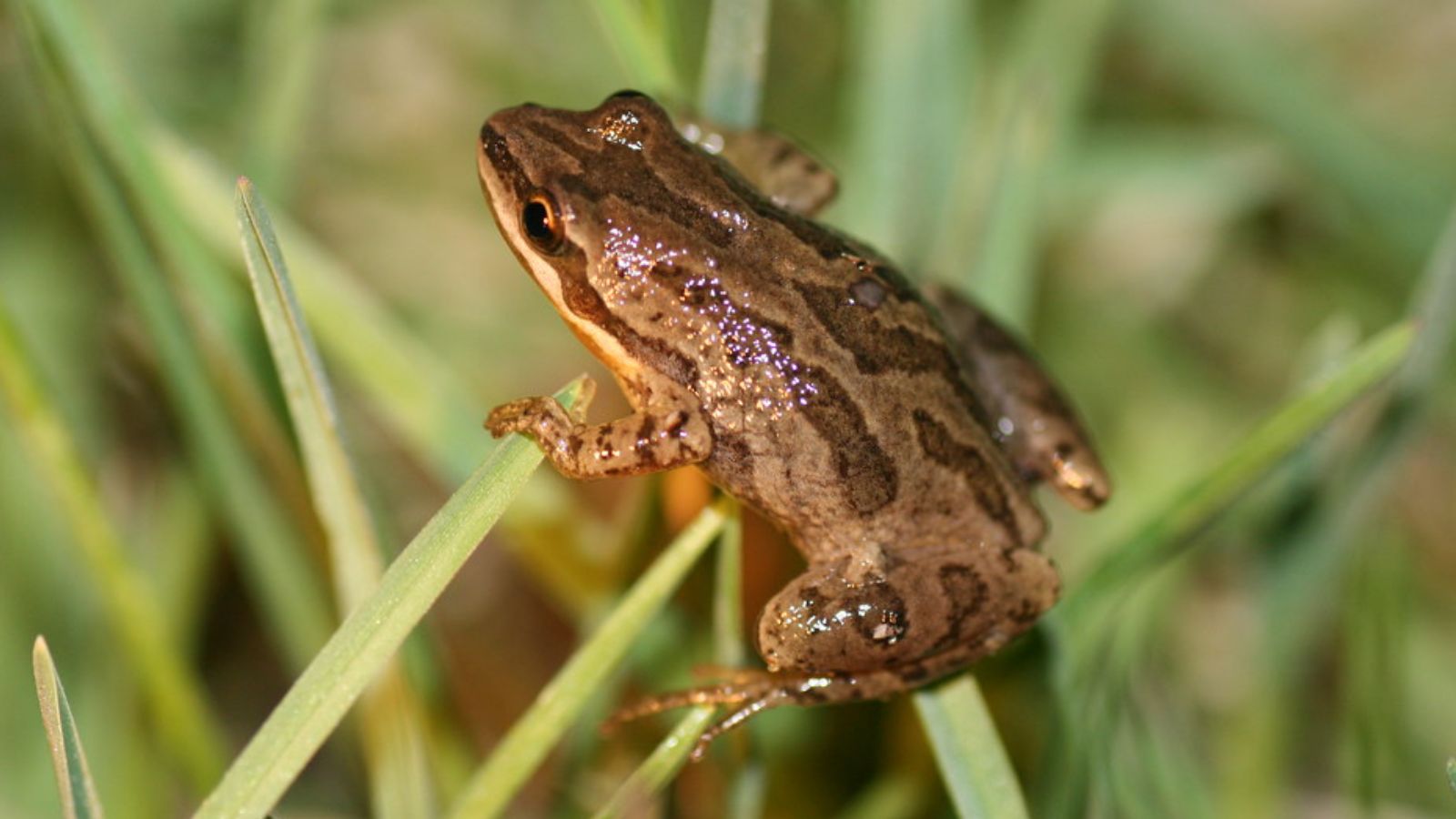
Urban sprawl and wetland destruction have worsened the decline of this western chorus frog species in southern Quebec and Ontario. The species’ protection is mandated by federal law, but enforcement is not strict.
Loggerhead Shrike
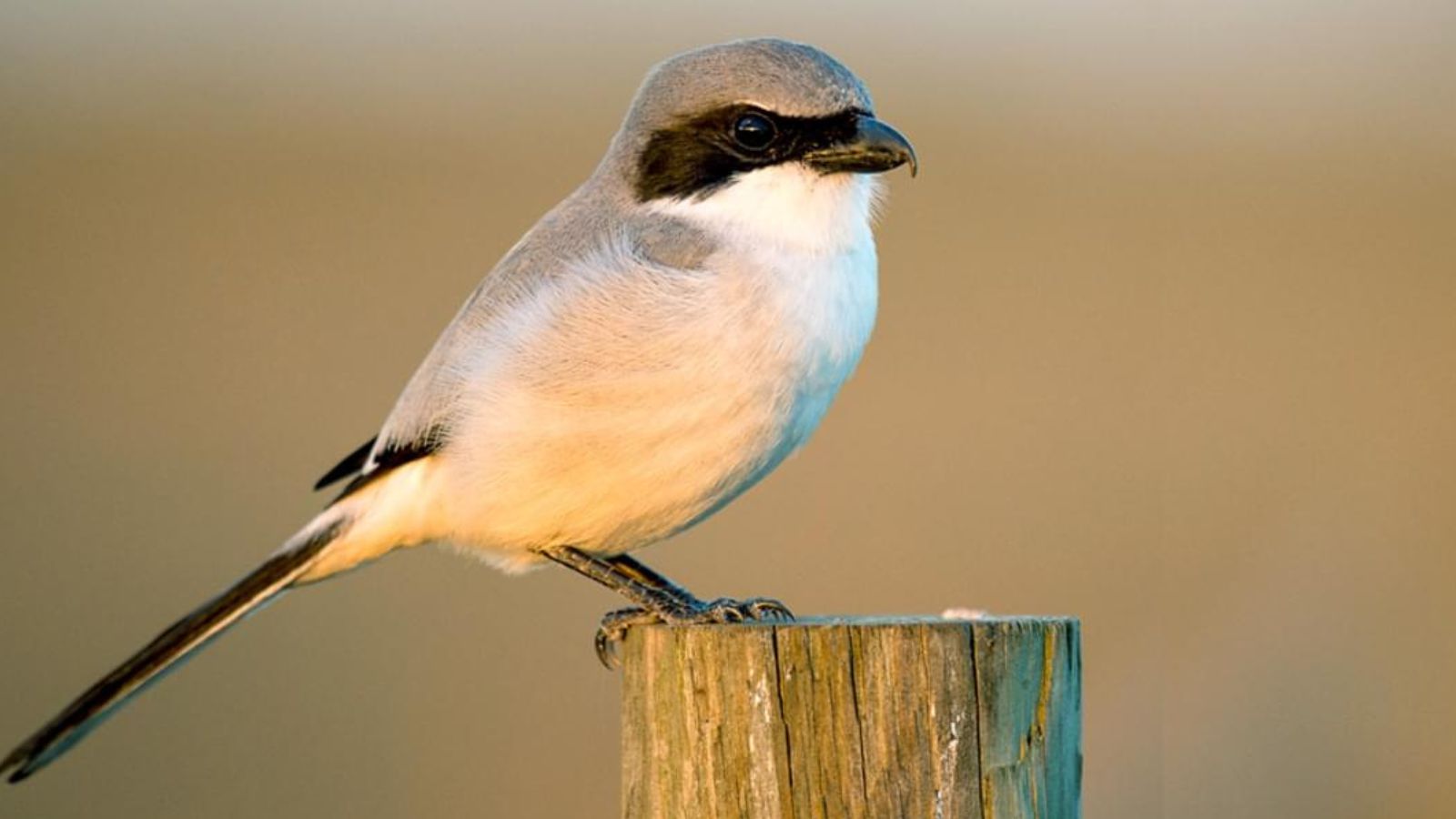
The Loggerhead shrike has faced a major decline in Ontario. This is mainly due to the loss of grasslands and the heavy use of pesticides, which makes it hard for the birds to find food and build nests.
Short-eared Owl
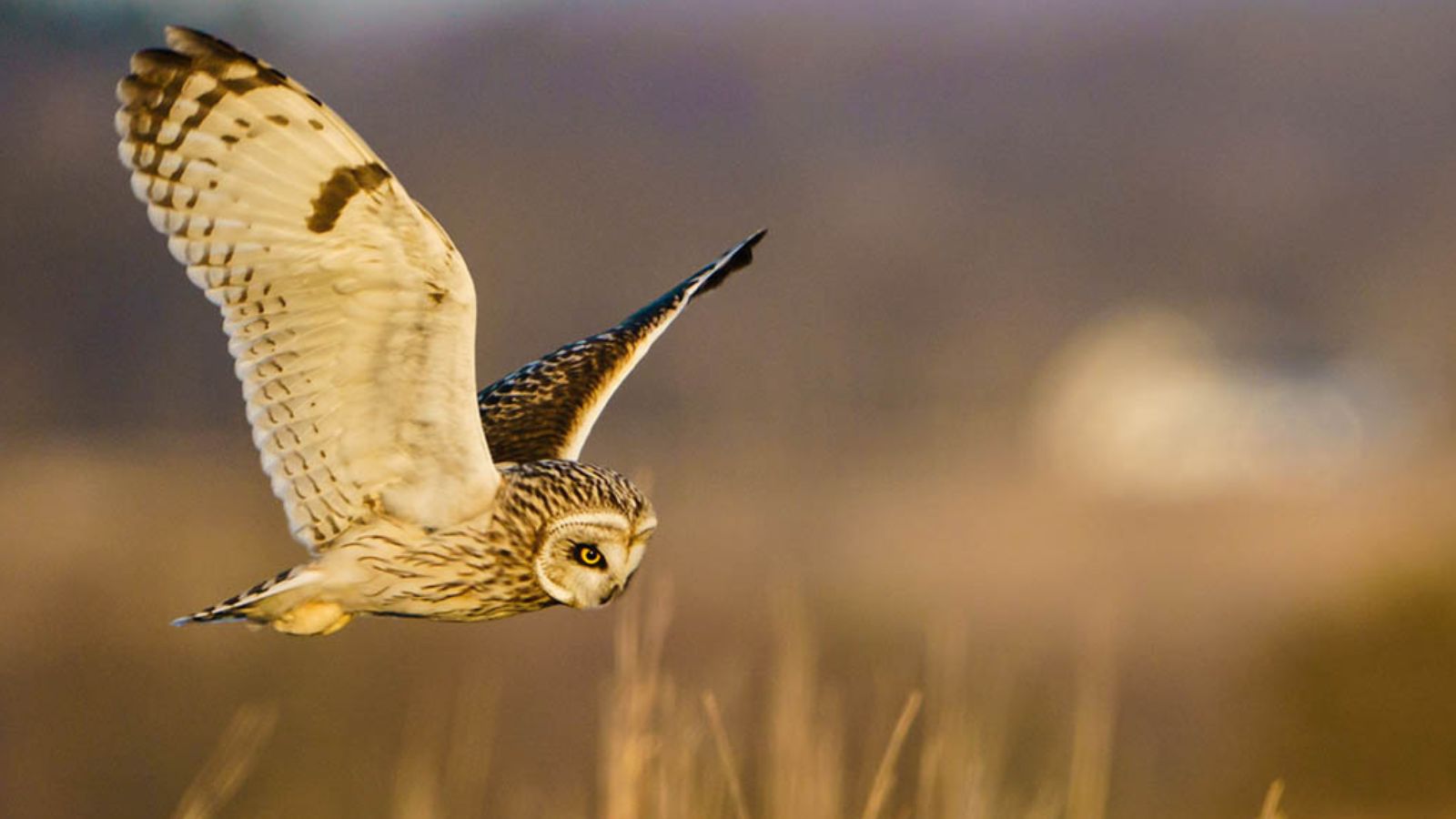
Short-eared owls are ground-nesting owls threatened by the increasing loss of open grasslands and wetlands. Their breeding habitats have been impacted by agricultural expansion and urbanization. To help this species thrive, efforts should be focused on monitoring and educating the landowners.
Mountain Beaver
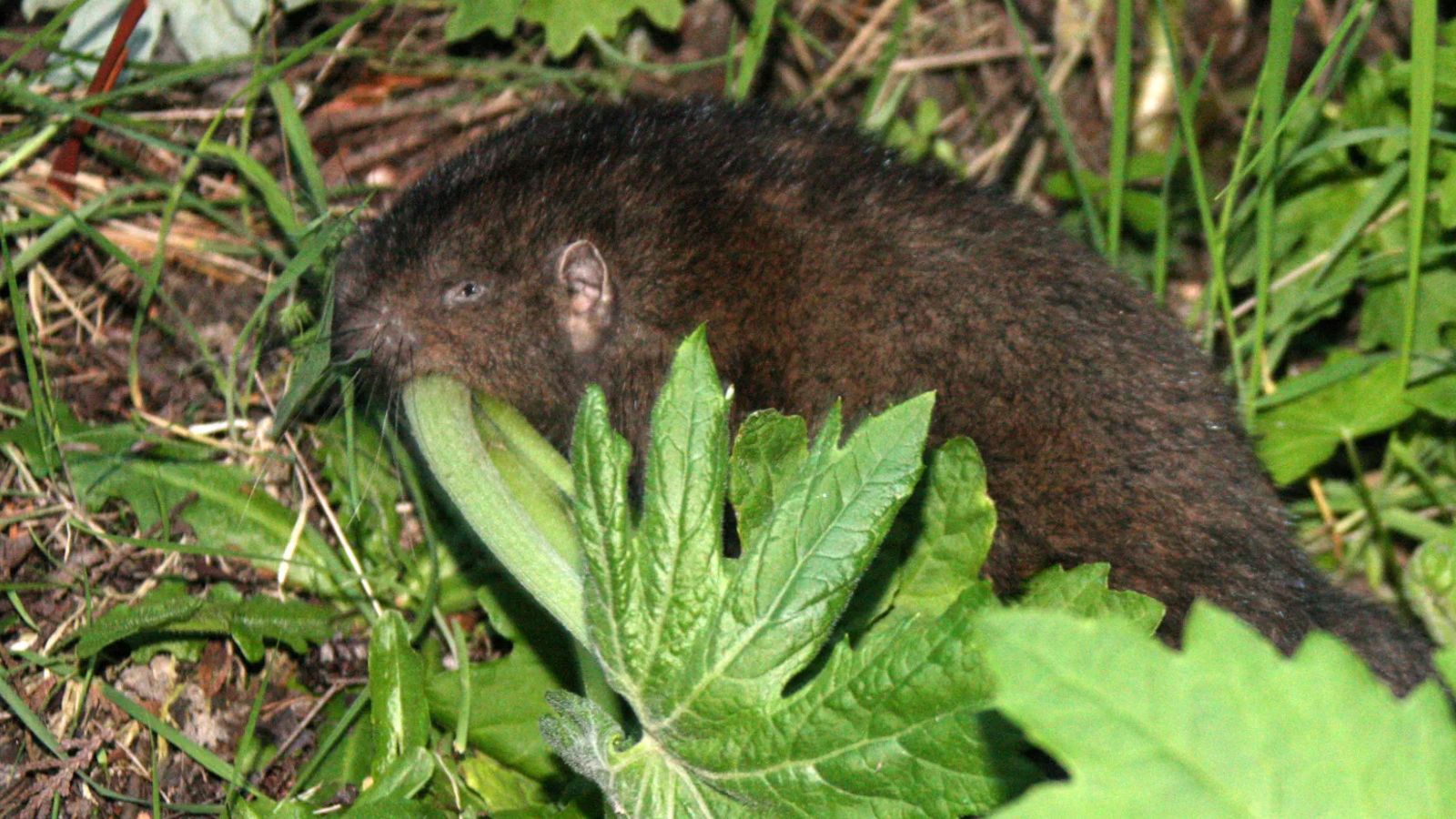
Mountain beavers are found in a very small part of British Columbia. However, with progress in forestry and development initiatives, they are increasingly at risk of habitat loss. They are especially vulnerable to climate change, and as the environmental situation worsens, their numbers will suffer a heavy blow.
Atlantic Cod
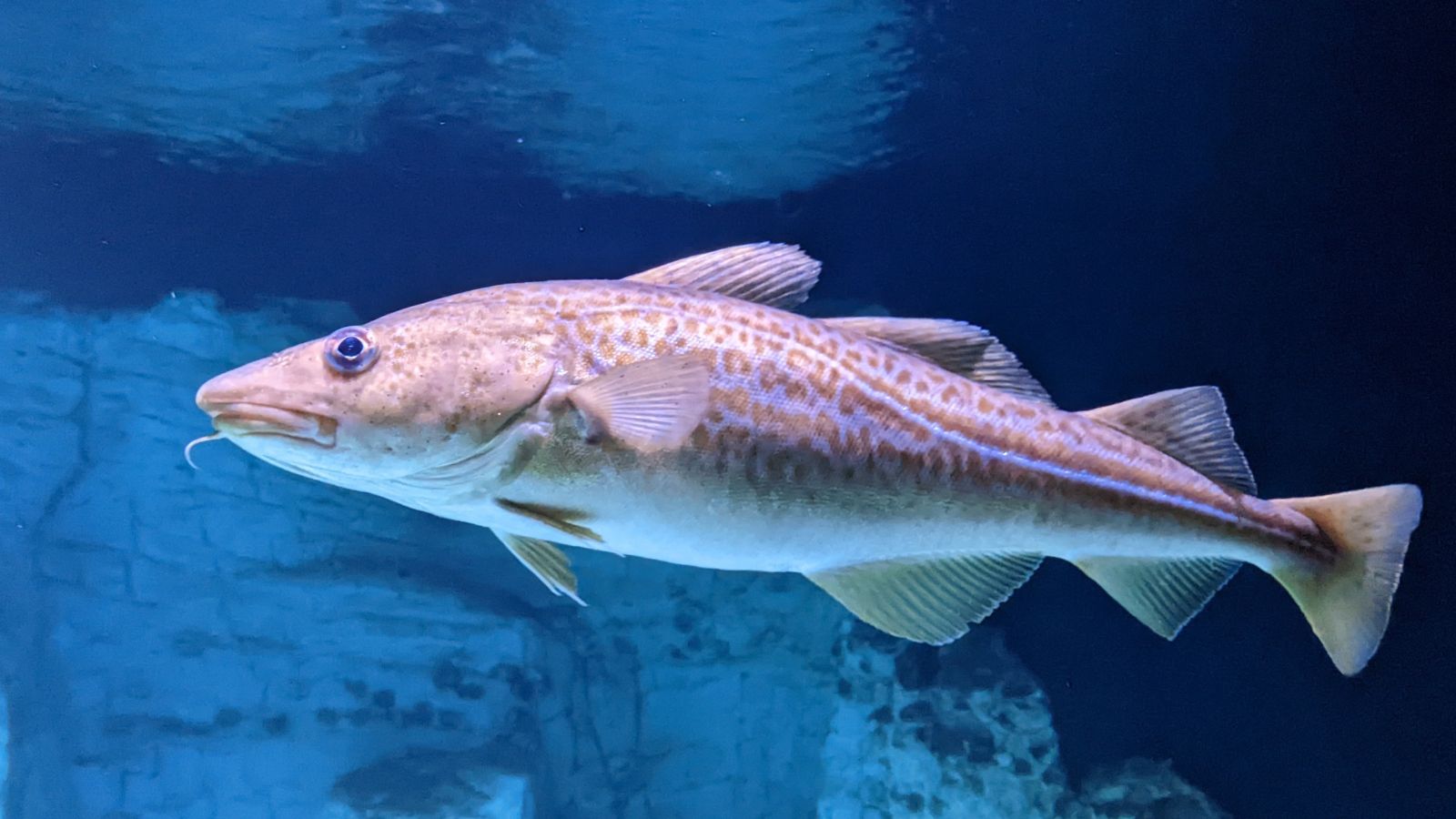
In the 1990s, fishing caused a sharp decline in the Atlantic cod population. Some areas have seen their numbers recover, but their survival is still at risk. To aid their recovery, quotas and marine protected areas are being used, but the chances of success remain unclear.
Northern Leopard Frog (Rocky Mountain population)
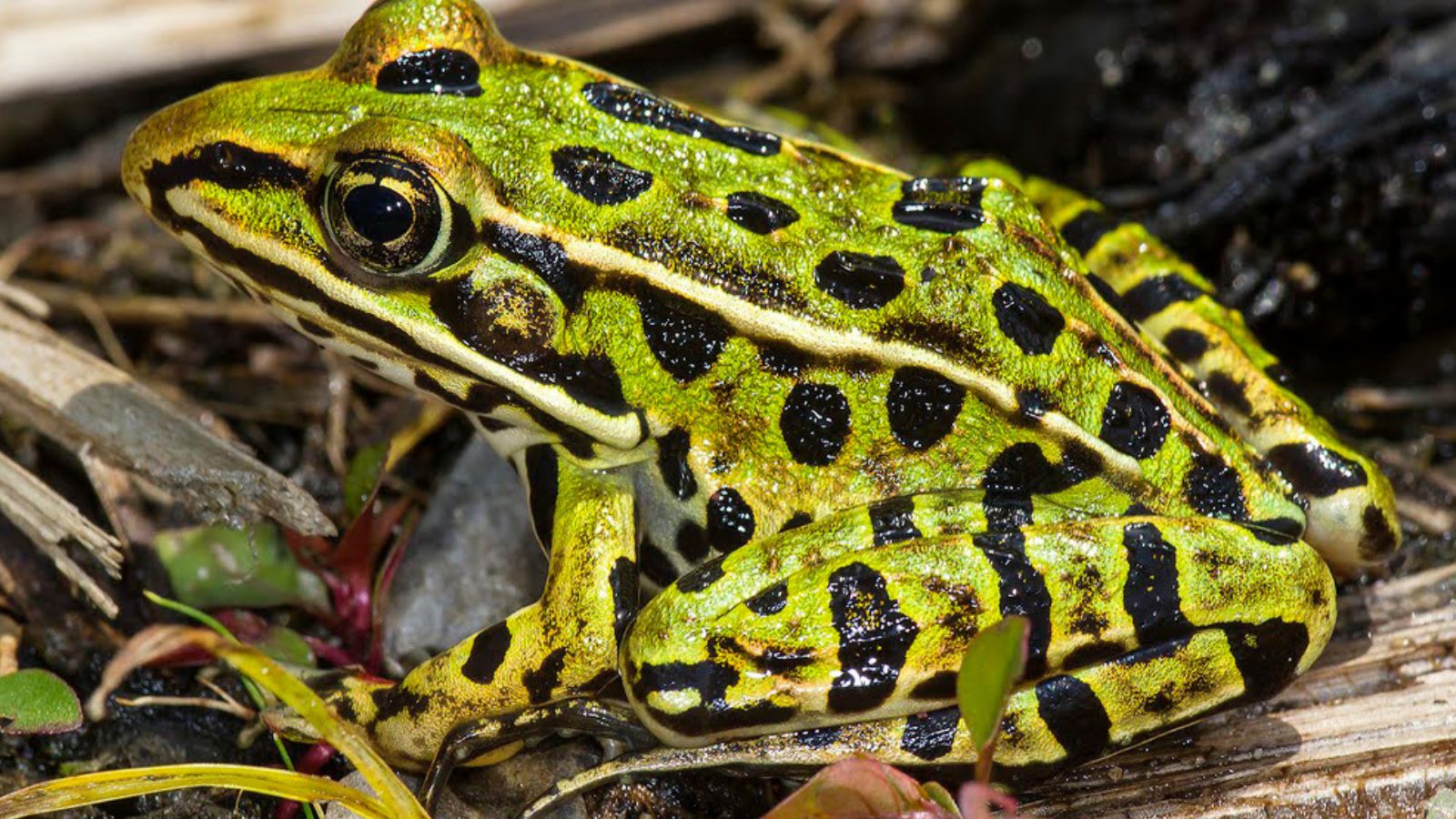
Like the mountain beavers, northern leopard frogs are now limited to just a few sites in British Columbia. The major threats to their existence are pollution, habitat loss, and the chytrid fungus. Some conservationists are now breeding them in captivity to help their numbers grow, while others are calling for monitoring of Wetland health.
Plains Bison
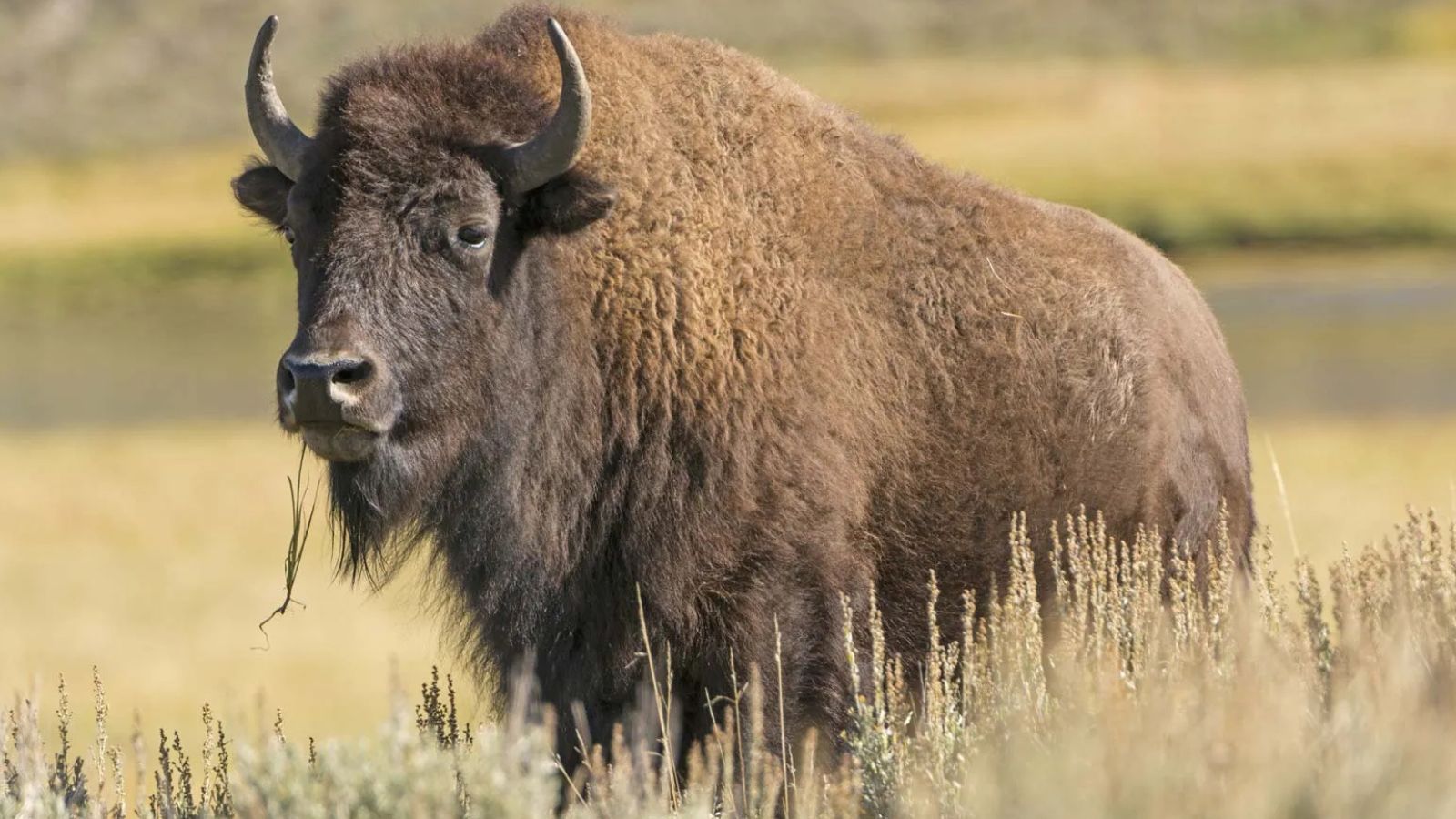
By the early 1900s, plains bison were on the verge of extinction. However, the untiring efforts of conservationists have helped their numbers grow in parts of their range. They are still managed mostly as livestock, but with continued efforts, it’s hoped that genetically pure herds will soon populate the wild.
Eastern Cougar
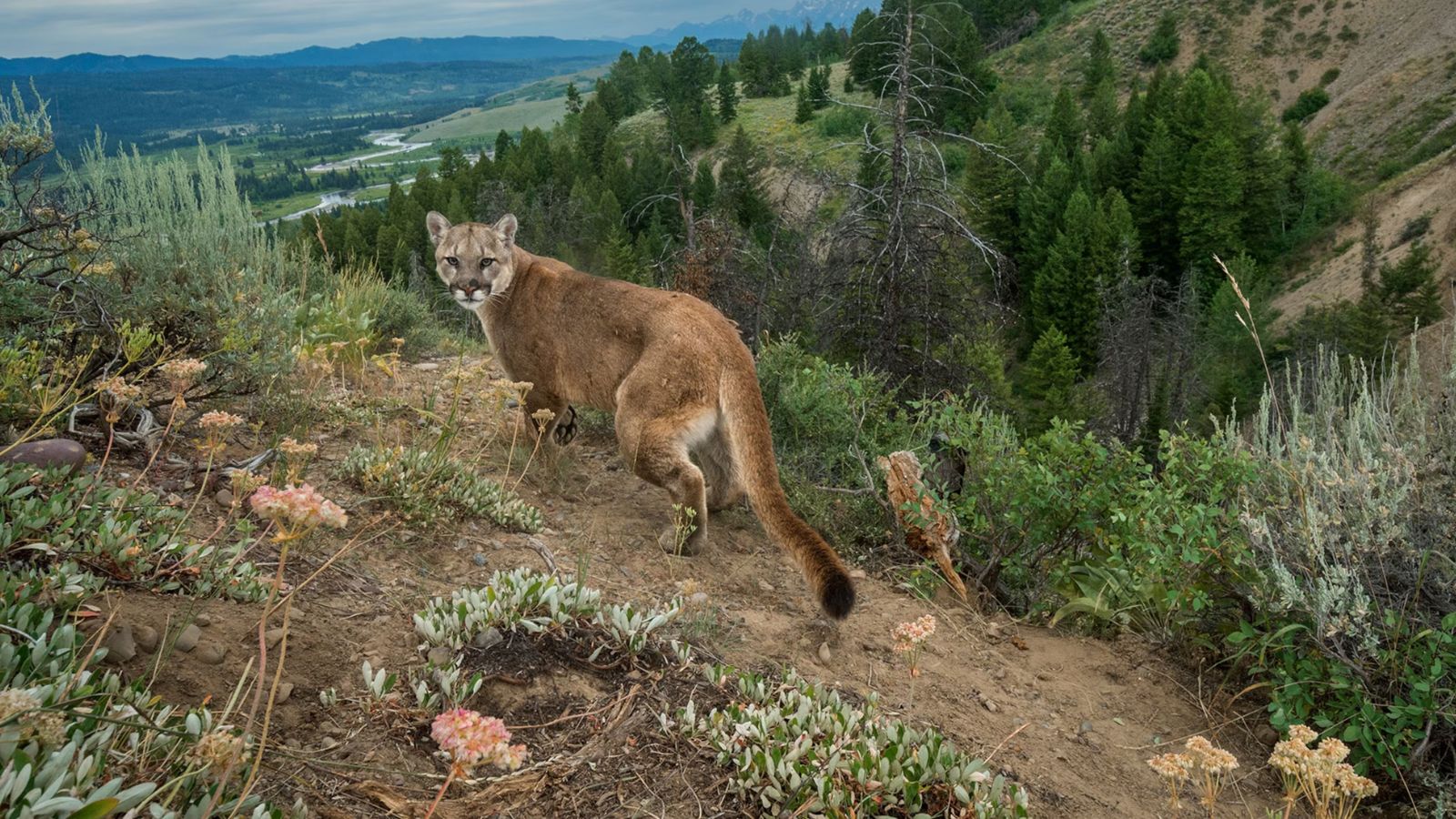
The eastern cougar may be extinct, but people still debate their status. There have been occasional sightings reported. Currently, the main threats to their survival are habitat loss and not having enough prey.
Coho Salmon (Interior Fraser population)
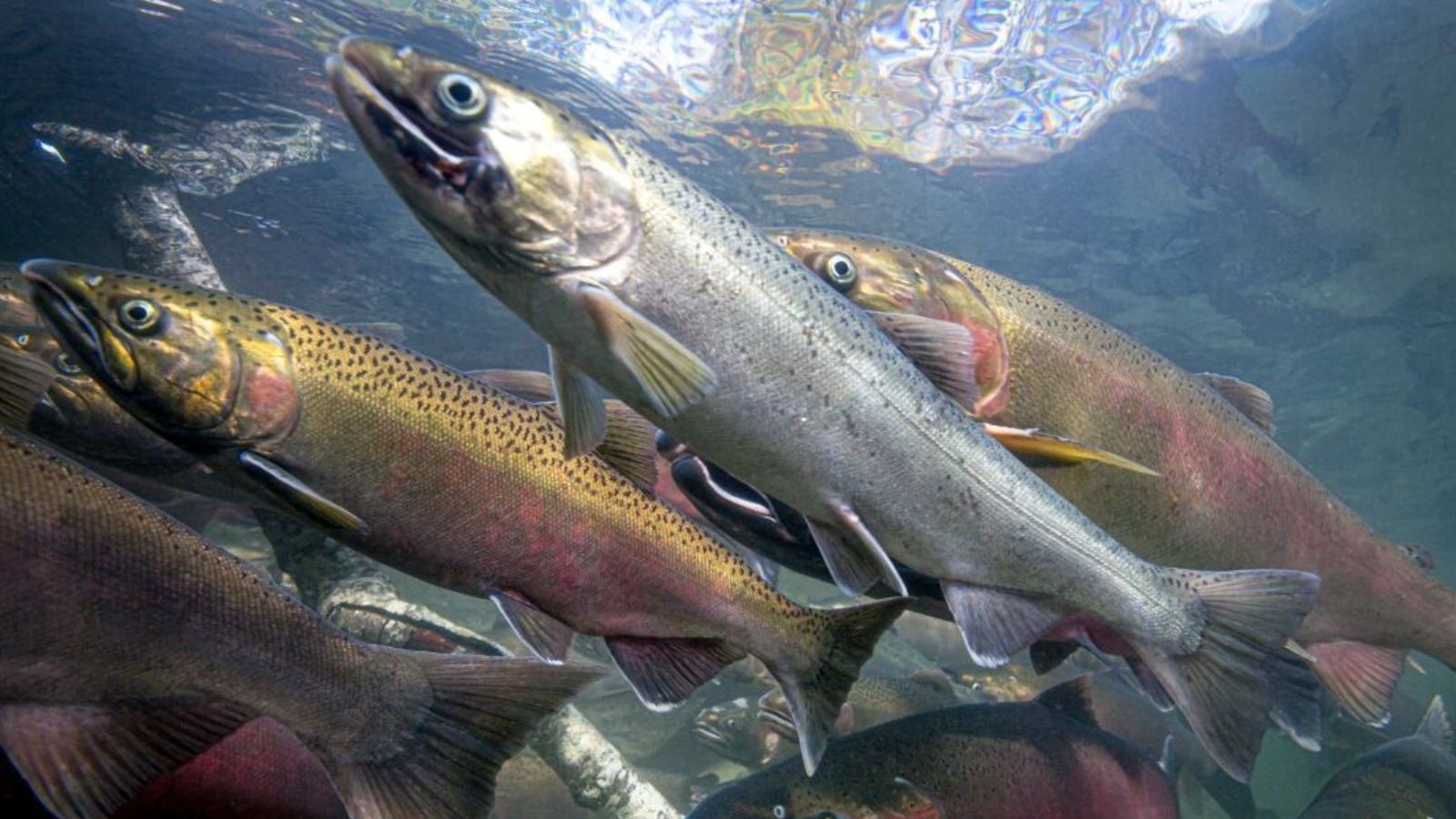
The coho salmon population has seen a major crash due to several reasons, including migration hurdles, logging, and warming waters. To ensure their survival, efforts are being focused on habitat restoration, improved fish passage, and catch restrictions.
Barn Owl (Eastern population)
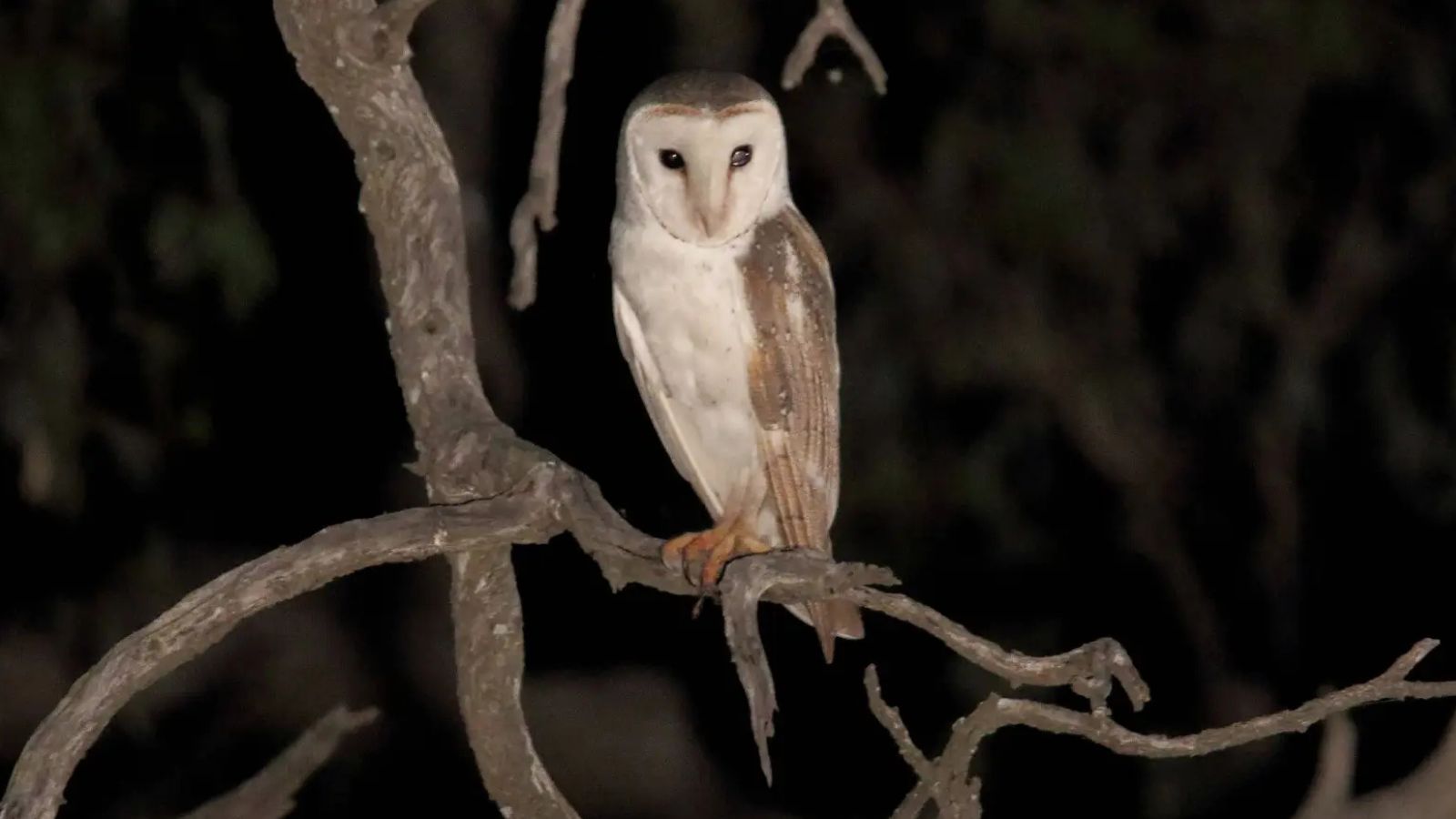
The decline of old barns and grassland prey in eastern Canada is followed by the barn owl population. Additionally, cold winters are unbearable for this species, making their survival vulnerable to climate change. Steps like grassland conservation and nest box programs are hoped to help this species thrive and are thus being promoted.
Piping Plover
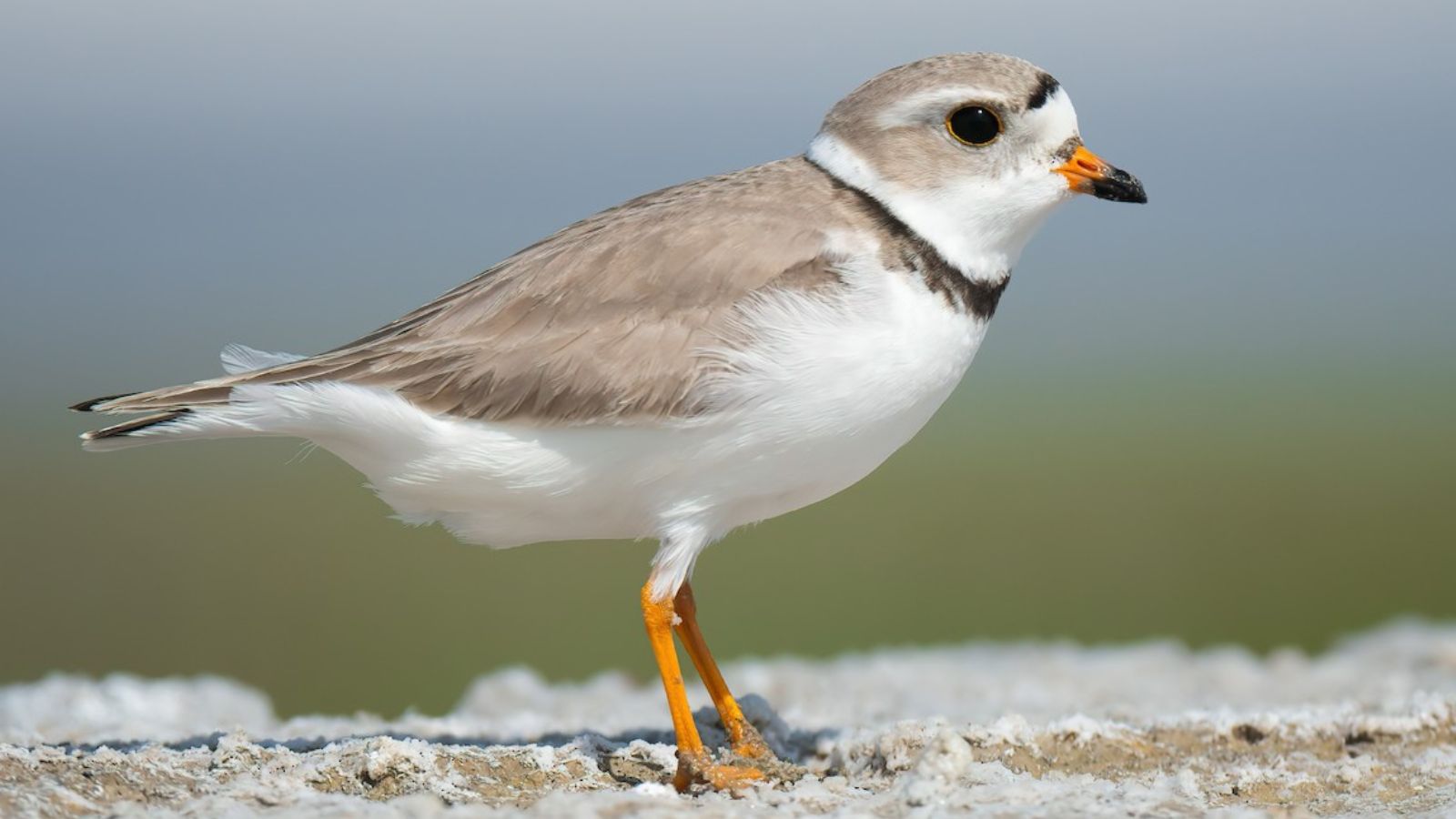
The tiny beach-nesting bird is losing numbers due to human disturbance and habitat loss. Beachgoers often accidentally trample their nests, and development projects make things worse. However, some progress has been made through the creation of protected nesting areas and public education efforts.
Marbled Murrelet
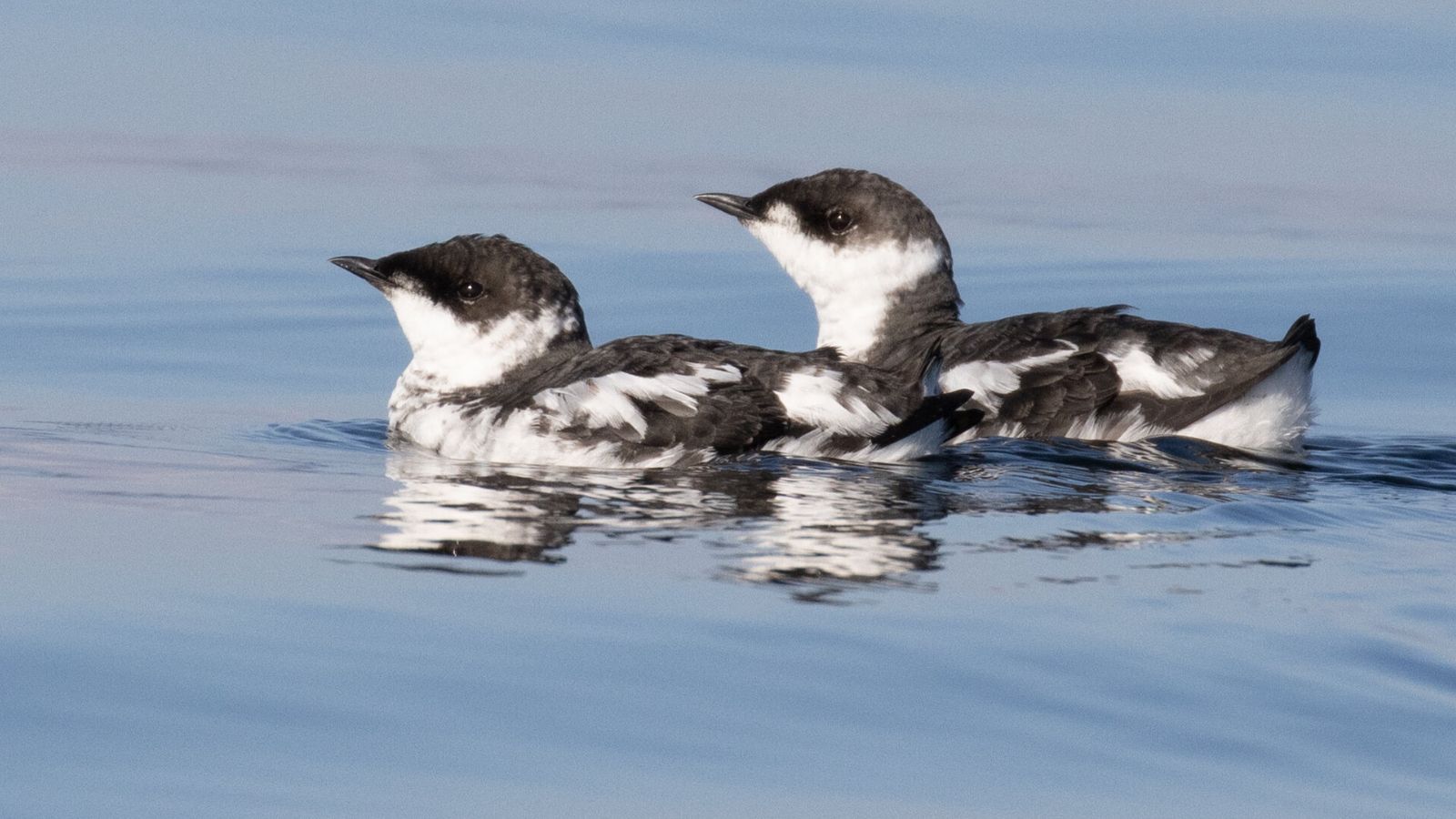
The Marbled Murrelet is a seabird that lives in old-growth forests and feeds at sea. In British Columbia’s coastal areas, logging has destroyed the nesting habitat of the bald eagle. To help protect this species, we need to protect the old-growth forests legally.
Deepwater Sculpin
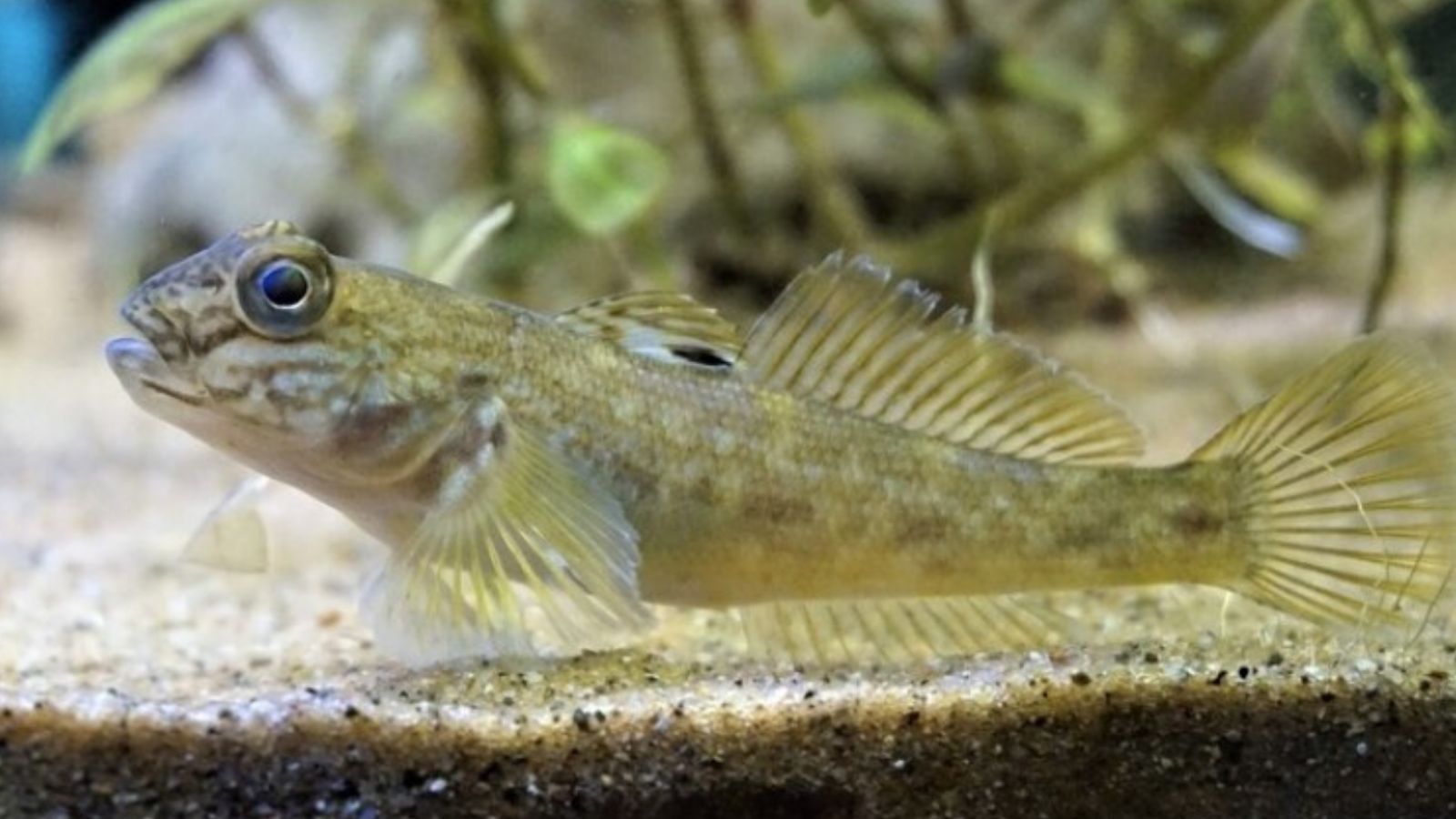
The deepwater sculpin inhabits the frigid, deep waters of Canadian lakes, and few individuals are aware of the species’ existence. They are vulnerable to changes in oxygen levels and contamination of their habitat. Additionally, their survival is at risk due to climate change and the presence of non-native species.
Narwhal
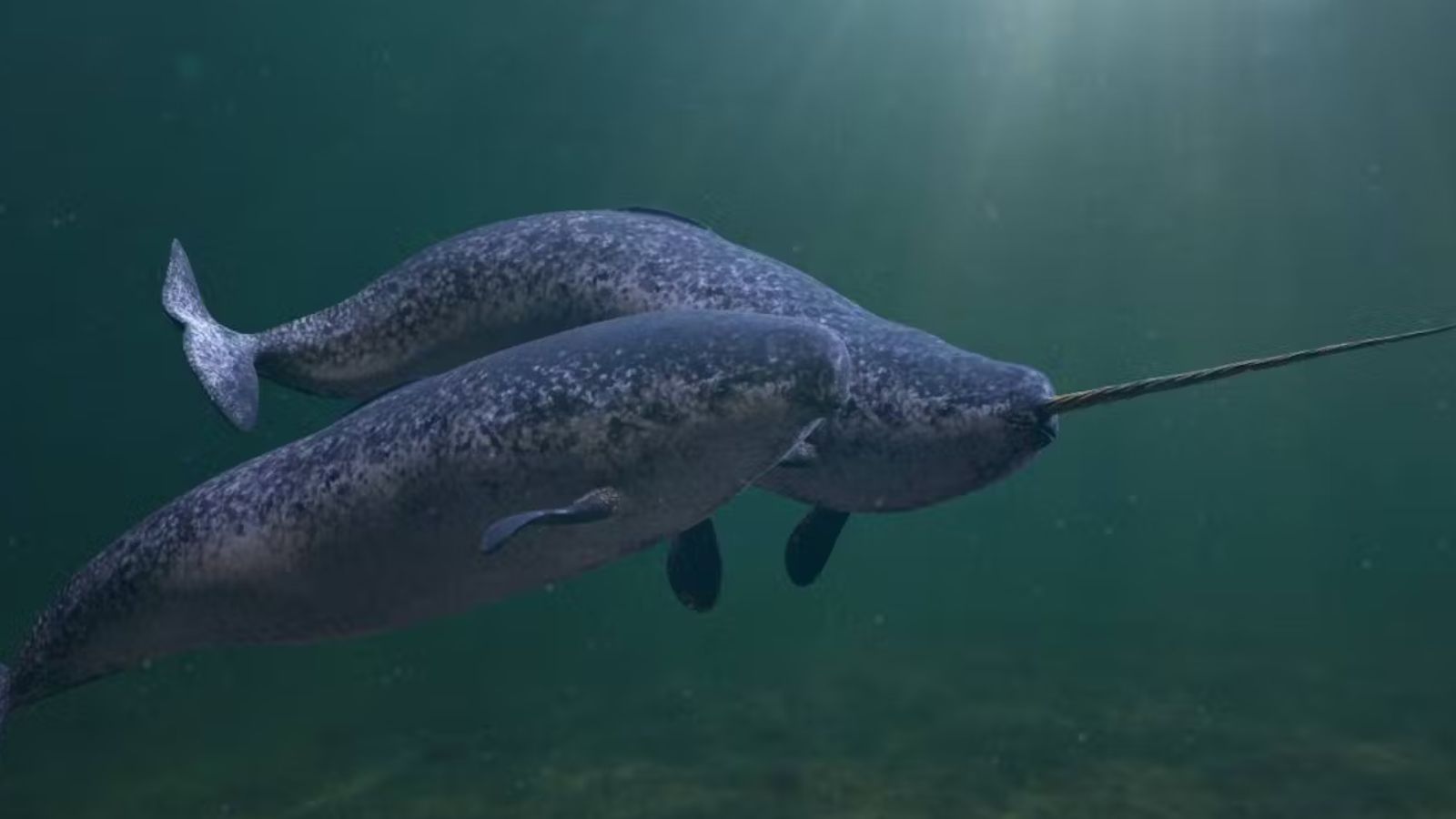
Warming waters of the Arctic, shifting ice patterns, and increased shipping traffic have made Narwhals struggle to survive. Moreover, the indigenous communities hunt narwhals for food and culture. Therefore, community-led conservation efforts are vital to ensure that this species continues to thrive.
Conclusion

As this blog highlights, these 26 species are extremely close to extinction. Worsening climate change and the expansion of human activities exacerbate the wildlife crisis. If the current situation persists, ecosystems will lose iconic species, each of which plays a unique role.
Therefore, it’s high time we strive to disperse awareness, push for policies, and involve the communities to prevent the extinction of these and many other valuable species.
22 Times Canadian Ingenuity Left the U.S. in the Dust

When people think of innovation, they often picture Silicon Valley. However, Canada has a history of innovation, too. Whether it’s redefining sports, revolutionizing medicine, or just showing America up at its own game, Canadian inventors, thinkers, and dreamers have had their fair share of mic-drop moments. Here are 22 times Canadian ingenuity left the U.S. in the dust.
22 Times Canadian Ingenuity Left the U.S. in the Dust
